Battlefield 1's first expansion is a promising start
Hands-on with the new guns, tanks, maps, and Frenchmen in They Shall Not Pass, available tomorrow.
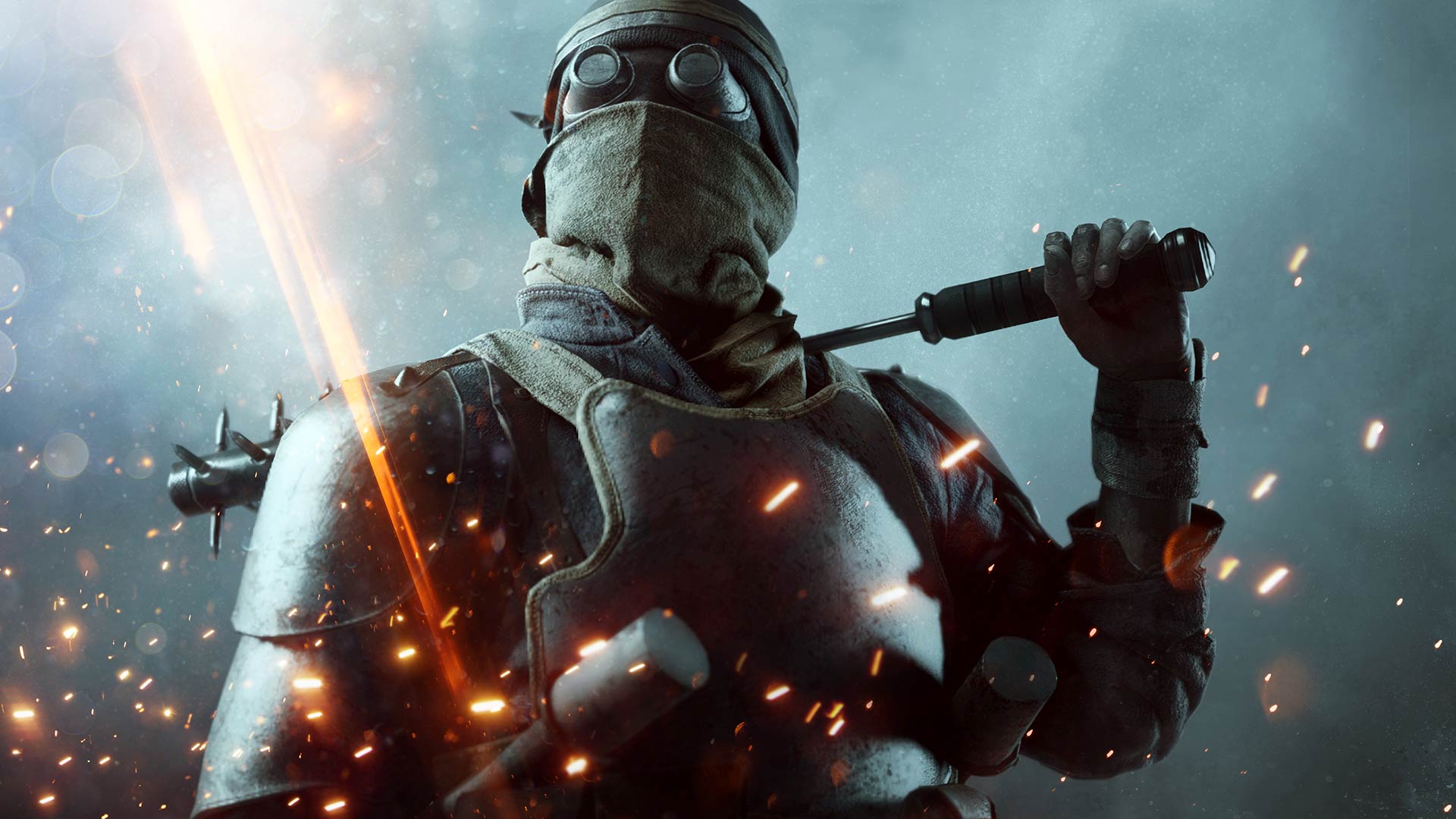
Battlefield 1 multiplayer will essentially double in size during 2017. Right now players are shooting 44 different guns (including pistols) across 10 maps, including the free map that was added in December, Giant's Shadow. As DICE releases four expansions for BF1 this year, it'll add 16 more maps and more than 20 new guns, along with new factions and vehicles.
To get all that stuff, you'll pay roughly double, too: $50/£40 total for all four expansions, through BF1's Premium Pass. The first expansion, They Shall Not Pass, is a chance for DICE to make a good first impression about the season pass as a whole. After a full day playing it, I feel good about the direction Battlefield 1 is headed post-release. Here's what I think of the individual pieces:
The guns
One of my longstanding criticisms of Battlefield is that its guns have, until Battlefield 1, lacked identity. BF4 had 19 assault rifles alone, and the tactical distinctions between them were marginal once you tacked on foregrips, muzzle brakes, and optics.
BF1 took a much different approach. It launched with fewer guns and eliminated gun attachments in favor of weapon variants, changes that produced guns that were more specialized than what we'd seen in recent Battlefield games. But as BF1's gun roster gets bigger there's a risk that the gaps between its weapons will get narrower, but thankfully I didn't find that to be the case.
I'll start with the good: the new Medic rifle, the RSC 17, is a beast. Looking down wide iron sights at 50 damage per bullet, I was two-shotting enemies at medium range. I felt like I could surprise opponents in duels, although I wouldn't want to bring the RSC into a bunker: its low rate of fire will make it the slowest of the Medic weapons. And with a six-shot clip, there's little room for error. Still, that's exactly what I want from these expansion guns: measurably different stats and behavior that create room for new playstyles.
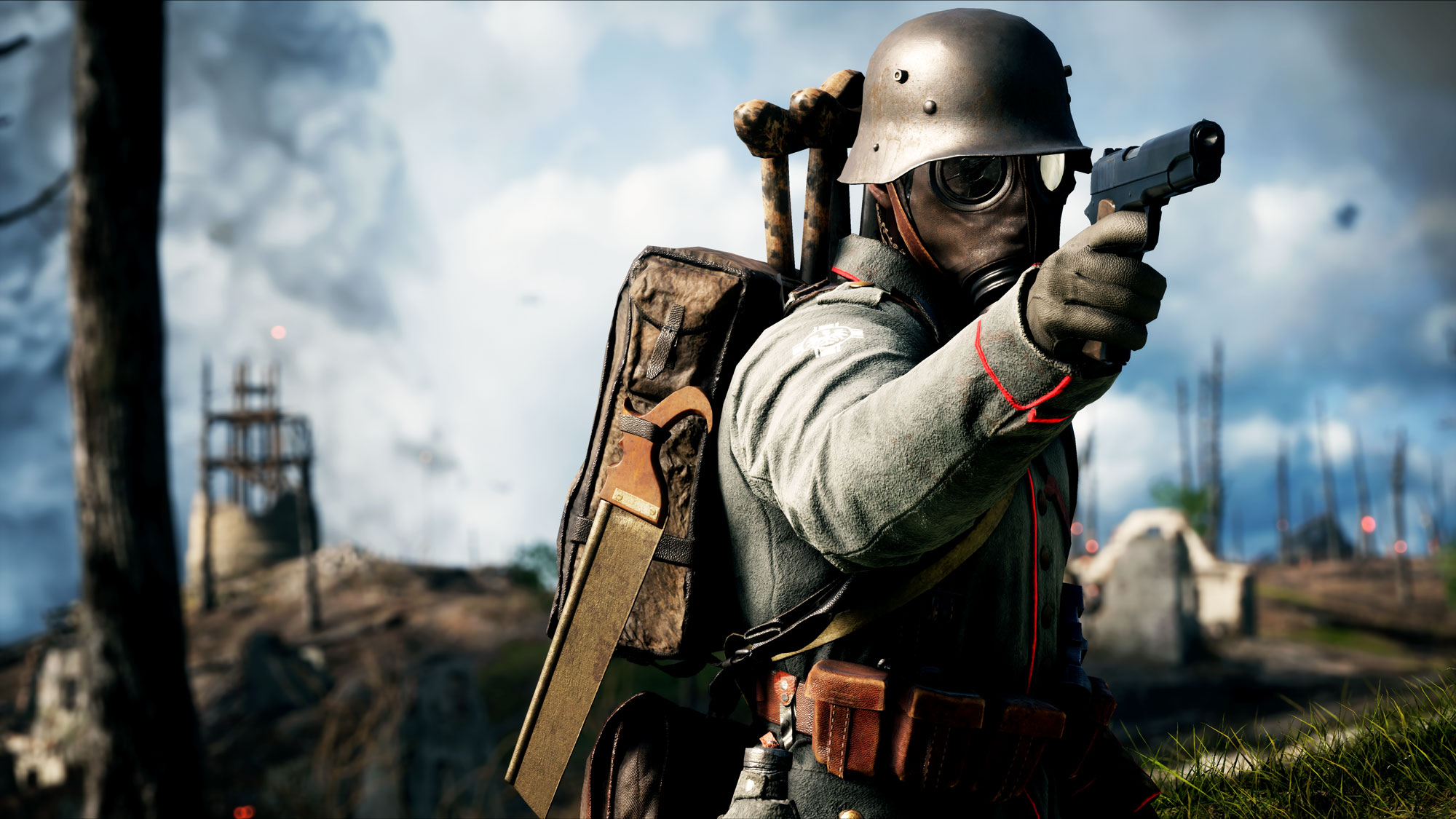
Which gun is right for your playing style? Read our BF1 guns guide.
On the Support side, the Huot Automatic Low Weight might be my new favorite LMG. It felt incredibly well-rounded: perfect for the medium ranges I tend to fight at, but with enough hip fire accuracy and versatility to bring into trenches. I loved its stability, that it was more powerful than the Lewis MG or the M1909 Benét-Mercié. Its 26-shot capacity is on the shallow side, but it doesn't empty as quickly as the BAR, which in my hands feels like an assault rifle.
The second MG coming in the expansion is much more specialized. Like the Medic's new rifle, the Chauchat will become the slowest-firing Support weapon when it enters the game. It makes up for that low rate of fire by being incredibly hard-hitting: it felt like I only had to connect with two or three body shots to drop an enemy in most situations. It's also got a brassy, chunky look and sound when you're shooting it, distinguishing it from other MGs, fed from a semi-circular mag stuck into the belly of the weapon. What you can't do is spray it—if you're tracking an enemy who's moving laterally, you've got to synchronize their movement with your rate of fire much more carefully. I had a hard time staying accurate with the telescopic variant of the Chauchat, but this was absolutely a gun that contributed a style of Support play that wasn't there before. A good add.
The biggest gaming news, reviews and hardware deals
Keep up to date with the most important stories and the best deals, as picked by the PC Gamer team.
Like the Support class, Assault players get a pair of fresh guns in the expansion. The Ribeyrolles 1918 becomes the only SMG with a bipod in BF1, which helps it stand out a little against the existing Assault weapons. I wasn't won over by the gun, but the hardcore Assault players I played with were raving about its damage and recoil control.
Sjögren Inertial is the new shotgun. I found it erratic and much harder to hipfire than BF1's other buckshotters (watch me struggle to score easy kills with it here and here), but it does stand out on screen, at least, with a unique mechanism that pops backward with each shot.
The least-exciting addition is the Lebel Model 1886 Sniper. Statistically, it looks awfully similar to the Russian 1895 Marksman: rate of fire, damage sweet spot, and damage are all near-identical, and both can run big, 8X- or 10X-magnification scopes. A bolt action, the Lebel can fire eight shots before reloading, compared to the slightly faster-cycling lever action of the Russian 1895, which has a five-shot capacity. I only spent a few rounds with this gun, but I didn't pick up on big distinctions between the existing Scout rifles.
Overall, it's a welcome set of weapons that provide a few interesting new choices and a few that probably won't shake up BF1's meta. Mostly I'm hopeful after shooting these that we'll continue to get an outlier weapon or two in each expansion that presents a significantly different playstyle. There will be less room for that as we get deeper into 2017, but so far DICE is on a good track.
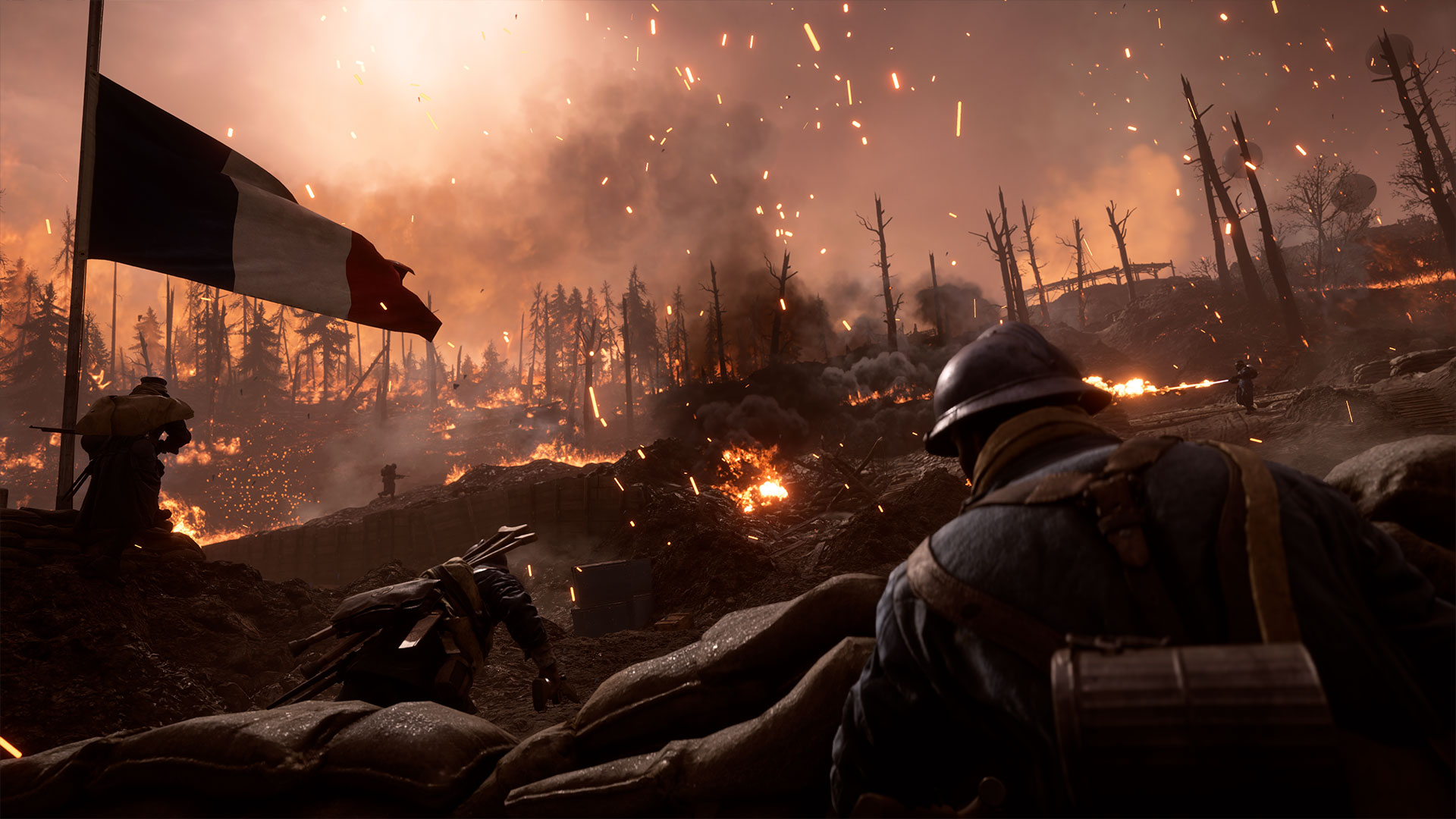
The maps
They Shall Not Pass' four new maps are quietly good. None of them have a big, boisterous setpiece like Sinai Desert's destroyable rocky archbridge, or Monte Grappa's steep mountain face. Sure, there's Rupture's picturesque poppy fields, which kick up red pedals as you sprint through. I'd bet that the second BF1 expansion—In the Name of the Tsar, set in snow-covered territory—will be a starker visual departure than the slices of France that They Shall Not Pass serves up.
Verdun Heights' burning hillside comes close, though. A grimy network of mud-soaked trenches, the eastern side of the map is caught in a forest fire. As you fight deeper in the map as an attacker, embers stick in the air and the molten glow in the skybox brightens, a nice visual contrast from BF1's other maps. Scattered fires lingering on the hillside will burn you if your step through them, but they never felt like a significant hazard. The unburnt, west side of the map is wonderful, though: a forest of bare trees that rubs up against a village. Trying to pick off attackers as they weave between trees feels cinematic and novel.
Two of the new maps, Rupture and Soissons, are pieces of French countryside that look like iterations on BF1's existing rural map, St. Quentin's Scar. Both are a mixture of hills, trenches, and farm buildings. Rupture is cut in half by a river, covered by a medium-sized bridge that overlooks the middle of the map, a nice centerpiece. But otherwise it felt like the least memorable of the group.
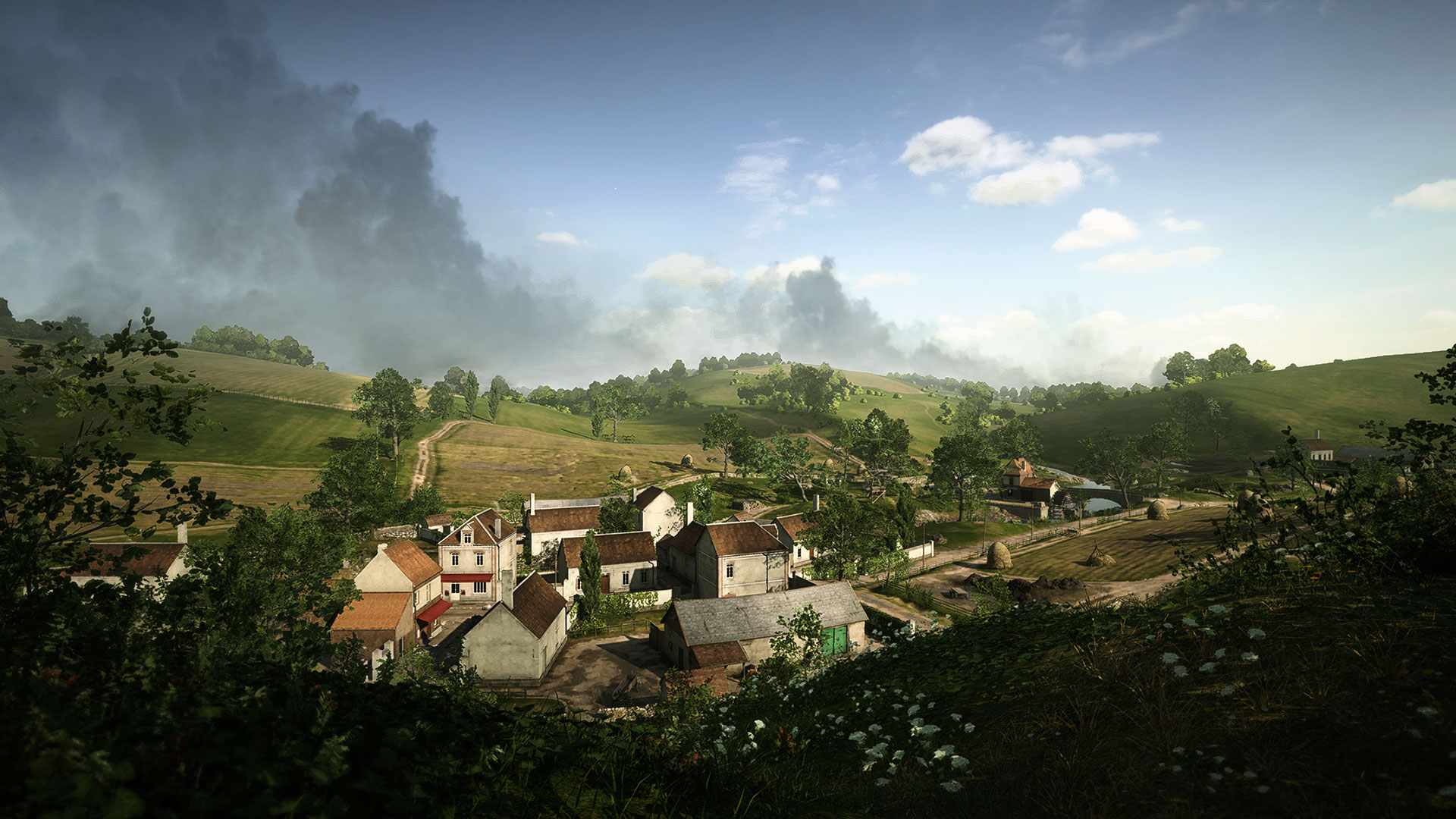
Soissons is weird. In Conquest, both teams open the match in this square-shaped, wide-open, series of French fields with four tanks. This makes for some wild, early minutes where both teams are probably focused less on capturing flags than gaining the armor advantage and using that to establish control. I tip my hat at DICE's attempt to make an armor-centric map, but the matches I played on it devolved into a lot of long-range shell-lobbing and anti-tank sniping, which where BF1 excels. Still, it meets my criteria of standing out against BF1's other battlefields.
My favorite map of the four was Fort de Vaux. Areas of this sprawling, artillery-pocked fort reminded me of a prison, with long concrete hallways lined with barracks. I particularly like the entrances into the fort, where you have to climb hills of smashed rock to reach the concrete bottlenecks. There were some great standoffs here, and because the players on the inside are uphill, they're protected a little more from the grenade spam that tends to plague bunkers on maps like Argonne Forest and Monte Grappa.
Heavyweight tanks and a new mode
They Shall Not Pass chips in two new tanks, including the first tank-behemoth, the Char 2C. This French 70-tonner is gargantuan, soaks up tons of damage, and can disable most other tanks with a single shot. It's a fantastic addition to the set of behemoths because unlike the lumbering war zeppelin and armored train, the Char 2C can wander freely around the map. As a result it feels like a piece of equipment you can use strategically, rather than a giant, temporary power-up.
Its comparatively little brother is the new St Chamond assault tank, a powerhouse. It seats five, but the second seat faces the same direction as the driver, letting a machine gunner punctuate the main cannon shots with lots of support fire. It's a great addition that, again, presents a configuration and playstyle we haven't seen.
I'm less enthusiastic about Frontlines, the expansion's new mode. Its structure is a blend of Conquest (capture all the flags at once) and Rush (capture one or two flags at a time), but unlike Operations (massive scale attack-and-defend), it's symmetrical. The map is cut into thirds, with points A and C at opposite ends, and B smack in the middle. The control points have to be taken sequentially, one at a time. If your team manages to capture A, then B, then C, the map enters a 'finale' phase where you try to destroy two telegraph posts near the enemy's spawn. If you run out of a small number of respawn tickets, you're repelled, and both teams fight again over capture point C.
It's a complicated setup that could produce more of a focused, tug of war than Conquest, which find unpleasantly chaotic and scattered. That sounds great to me on paper, but the two or three Frontlines rounds I played didn't delight me. It's not a 64-player mode, but because everyone was focused on one capture point at a time, mobs of players multiplied unpredictably as they spawned on squad, diminishing the sense of a coherent, flowing battle. I'm also not eager to see Battlefield 1 multiplayer potentially become more fragmented through the addition of another mode.
Still, I'm excited about most of the new stuff that They Shall Not Pass is going to add. Battlefield 1 remains one of the best FPSes on PC, and I'm willing to drop another $50 if the first expansion is indicative of what we'll get for the rest of 2017.
They Shall Not Pass is out tomorrow for owners of BF1's Premium Pass (or anyone who bought BF1's Ultimate Edition), two weeks ahead of its general release on March 28.
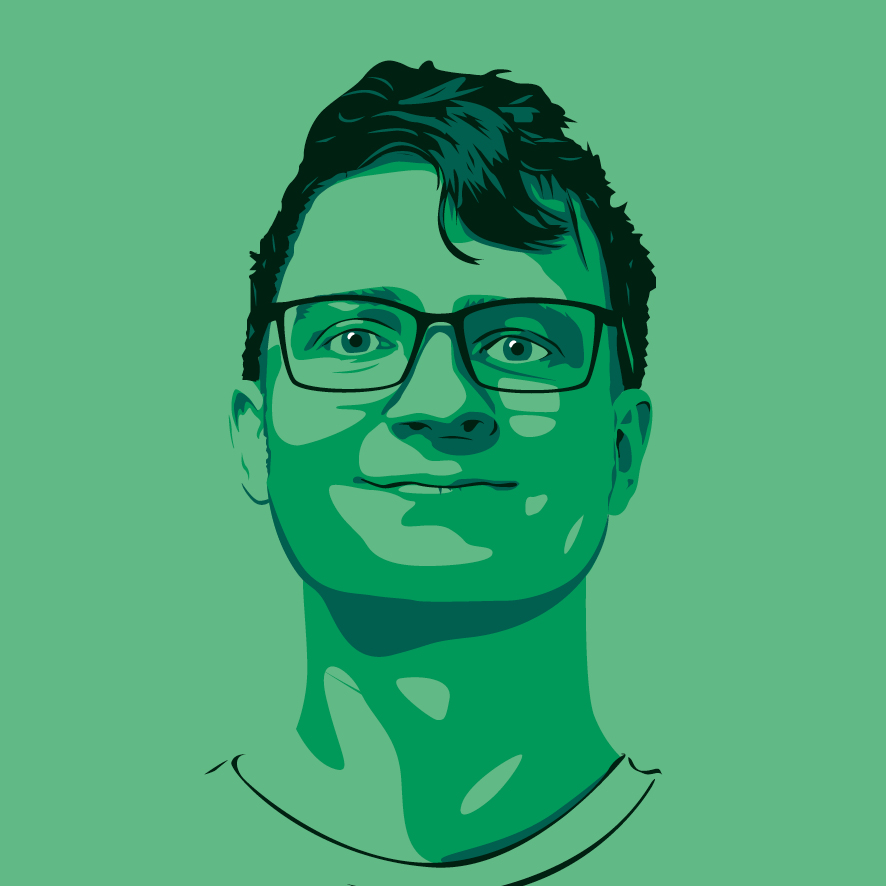
Evan's a hardcore FPS enthusiast who joined PC Gamer in 2008. After an era spent publishing reviews, news, and cover features, he now oversees editorial operations for PC Gamer worldwide, including setting policy, training, and editing stories written by the wider team. His most-played FPSes are CS:GO, Team Fortress 2, Team Fortress Classic, Rainbow Six Siege, and Arma 2. His first multiplayer FPS was Quake 2, played on serial LAN in his uncle's basement, the ideal conditions for instilling a lifelong fondness for fragging. Evan also leads production of the PC Gaming Show, the annual E3 showcase event dedicated to PC gaming.

